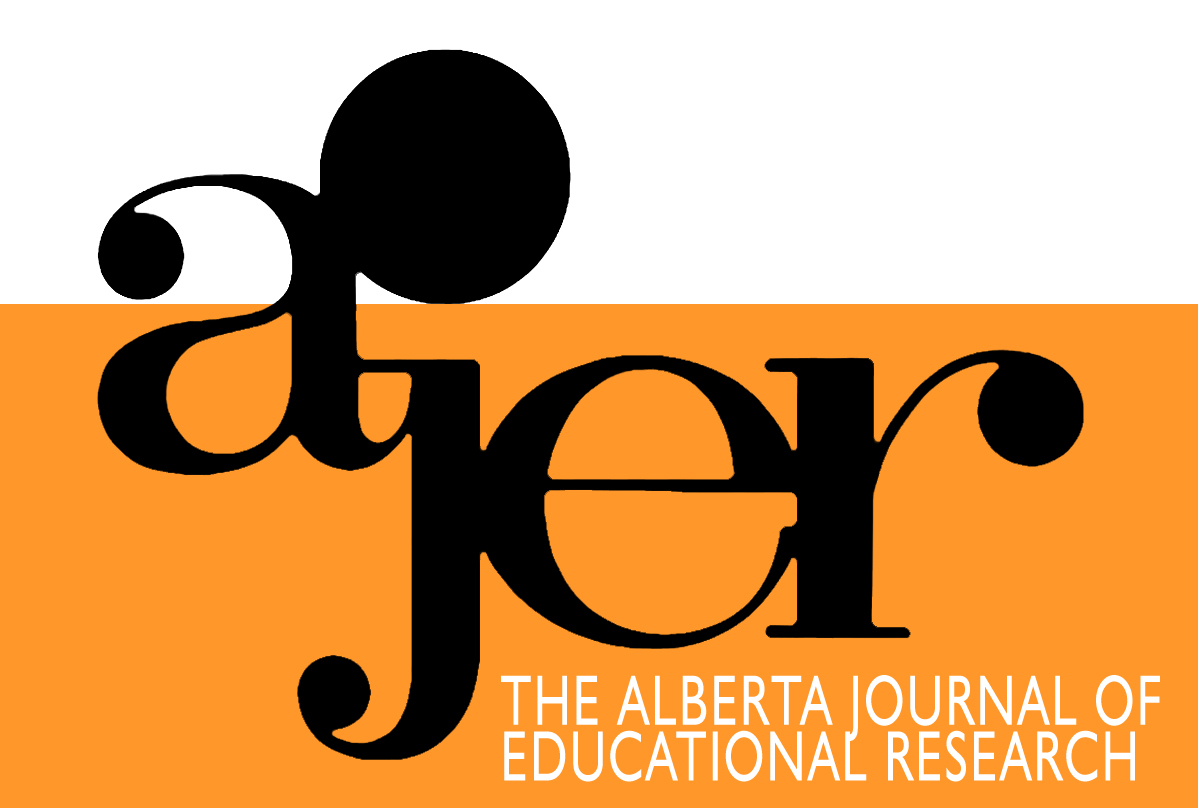A Critical Analysis of the Body of Work Method for Setting Cut-Scores
DOI:
https://doi.org/10.55016/ojs/ajer.v52i1.55112Abstract
The recent increase in the use of constructed-response items in educational assessment and the dissatisfaction with the nature of the decision that the judges must make using traditional standard-setting methods created a need to develop new and effective standard setting procedures for tests that include both multiple-choice and constructed-response items. The Body of Work (BoW) method is an examinee-centered method for setting cut-scores that applies a holistic approach to student work in order to estimate the cut-scores that differentiate examinees according to their level of performance in situations where both item formats are used. A detailed review of Version 1 and the recent modification, Version 2, are first presented followed by a critical evaluation of the two versions in terms of Berk’s (1986) 10 criteria for defensibility. The results reveal that the BoW method appears to be a promising method for setting cut-scores that could be used on a wider scale in Canada. However, as with other methods, the experience gained from using the BoW method in the field will probably lead to further modifications in an attempt to increase efficiency without sacrificing accuracy.Downloads
Downloads
Published
How to Cite
Issue
Section
License
UNIVERSITY OF ALBERTA COPYRIGHT LICENSE AND PUBLICATION AGREEMENT
If accepted, authors will be asked to sign a copyright agreement with the following points:
A. Where there is any inconsistency between this Copyright License and Publication Agreement and any other document or agreement in relation to the same subject matter, the terms of this Agreement shall govern.
B. This document sets out the rights you are granting in relation to publication of your article, book review, or research note entitled (the “Article”) through inclusion in the academic journal titled Alberta Journal of Educational Research (the “Journal”) published through the Faculty of Education, representing the Governors of the University of Alberta (the “Journal Editor”).
C. There will be no payment to you for this publication and grant of rights. In consideration of the agreement to publish the Article in the Journal:
1. You are warranting that:
- the content of the Article is your original work, and its content does not contain any material infringing the copyright of others; or, where the Article is not entirely your original work, you have obtained all necessary permissions in writing to grant the rights you are giving in this agreement;
- the content of the Article does not contain any material that is defamatory of, or violates the privacy rights of, or discloses the confidential information of, any other person;
- the Article has not been published elsewhere in whole or in part, and you will not allow publication of the Article elsewhere without the consent of the Journal Editor;
- the names of all co-authors and contributors to the Article are:
2. You agree to license the copyright in the Article to the Journal Editor, on a worldwide, perpetual, royalty free basis; and to the extent required by the terms of this agreement. You shall retain the right at all times to be acknowledged as the/an author of the Article.
3. You further agree that the Journal Editor has the entitlement to deal with the Article as the Journal Editor sees fit, and including in the following manner;
- The right to print, publish, market, communicate and distribute the Article and the Journal, in this and any subsequent editions, in all media (including electronic media), in all languages, and in all territories, ing the full term of copyright, and including any form of the Article separated from the Journal, such as in a database, abstract, offprint, translation or otherwise, and to authorize third parties to do so;
- The right to register copyright of the Journal;
- The right to edit the Article, to conform to editorial policy as the Journal Editor sees fit.
4. If any co-author or contributor to the Article does not sign this agreement, the Journal Editor reserves the right to refuse to publish the Article.



